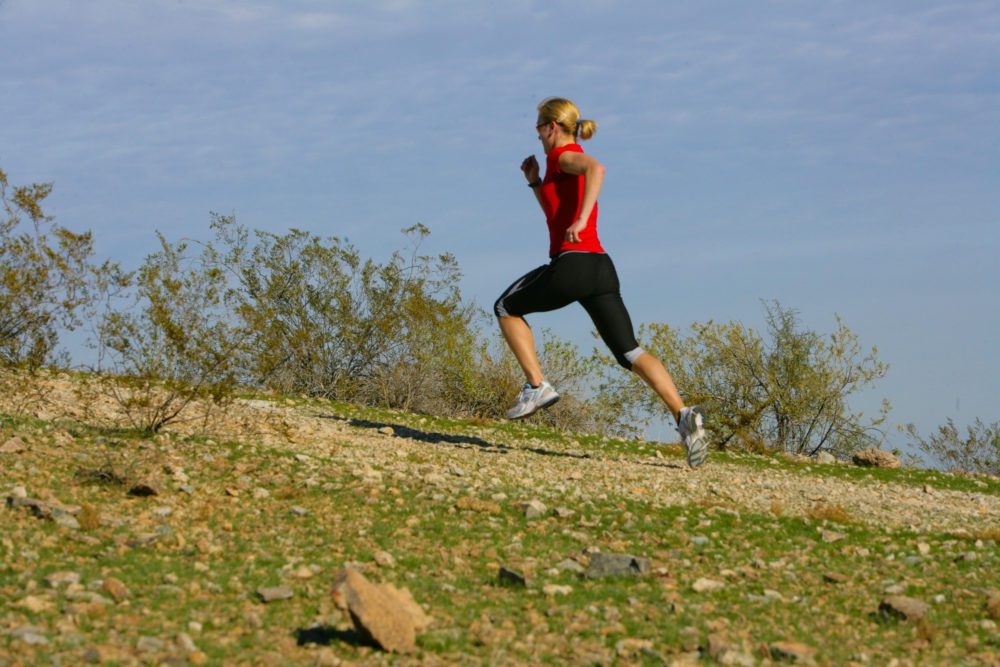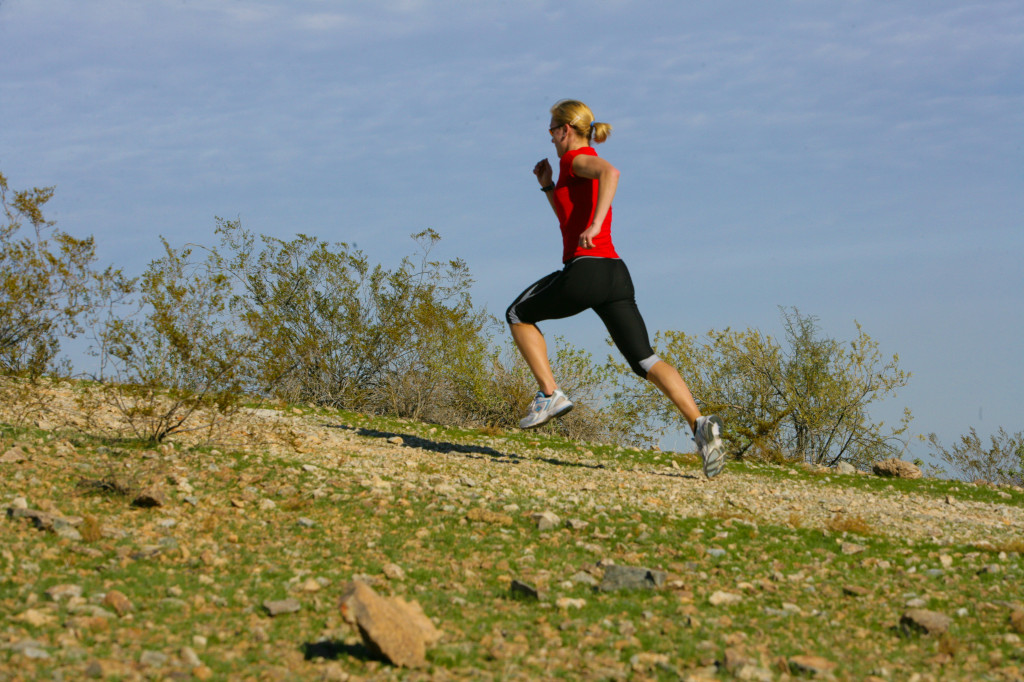Hill workout training tips

Some of the most painful workouts I’ve ever endured have come during hill training sessions. To this day I still remember running up the steep hill behind Old Fort Henry in Kingston, Ont., with four-time ciau National Champion coach Dave Grant screaming at me to pretend that there was a University of Toronto singlet in front of me – and I had better get to the top of the hill ahead of it.
Grant’s most infamous hill session came in the second week of the cross-country season. It was a two-hour-plus affair that included three or four different hills. We would run to complete exhaustion, which is exactly what Grant wanted. By the end of this session the group typically lost about 10 or 15 runners, which helped him determine who would be able to handle the weeks of training ahead and select the team that would represent the school.
Such extreme hill sessions hardly need to be a mainstay in most of our training routines, but adding hills to your program can provide a number of benefits, not the least of which is an improvement in your race times. A study done in Sweden showed that runners who incorporated hill training into their training twice a week saw a three per cent improvement in their times. For a 3:20 marathon runner, that’s a six-minute boost.
Here’s a brief overview of some of the ways a hill session can help your training this winter. (Remember that before each workout you should do a thorough warmup and take some time after the workout to cool down, too.)
Strength
Your calf muscles contract two to three times as many muscle fibres when you’re running up a hill, as compared to flat terrain running. This makes hill work an easy way to add some strength training to your routine. Strength sets should include shorter, steeper hills that take about 15 seconds to climb. Try to maintain a bouncy stride as you push off your back leg, making sure you are fully extending at the ankle to get the most work from your calves. Swing your arms forward and drive the front knee up, to work on your stride length and form. A typical strength set of hills might include 10 to 15 of these shorter hills with a walk or slow jog back down as your recovery.
Strength-Endurance
These sets are designed to help you work on your anaerobic threshold, while also providing some strength training benefits. The hills in this set should be longer and more gradual, taking anywhere from 30 seconds to a minute to complete. Once again, the goal is to work on your form, so it’s important to maintain a full extension off the back leg, a high knee lift and a good arm swing. Depending on your level of fitness, you could aim for anywhere from six to 10 of these hills in a session.
Aerobic Hills
These hills should last anywhere from 90 seconds to three minutes. Here the emphasis is on sustaining a given effort (usually your race pace) as comfortably as you can. These sessions are especially helpful if you have a hilly race on your calendar – they should probably become a biweekly staple in your routine over the last few months leading up to the race. Someone training for a hilly 30k or marathon might try to work up to eight of these hill sets in a training session.
Mixing it up
Dave Grant’s cross-country hill training sessions were so tough, in part, because he loved to combine different types of hill sets into each session. We’d often incorporate three different hills into each workout. Another of his favourite techniques was to have us do a sustained hard run on f lat terrain off the top of the hill. This is a great race-simulation exercise. In races, your competition will tend to slow slightly after a hard effort up the hill, which means that if you push the pace a bit, you’ll gain some time on those around you.
Even if you have no interest in trying to beat anyone in your next race, incorporating some hills in your routine is an excellent way to improve your form and strength. If you build into the training gradually, your muscles and tendons will adapt to the added intensity, which will make you less prone to overuse injuries, too.
– Kevin Mackinnon
This story appeared in a former issue of Canadian Running.



